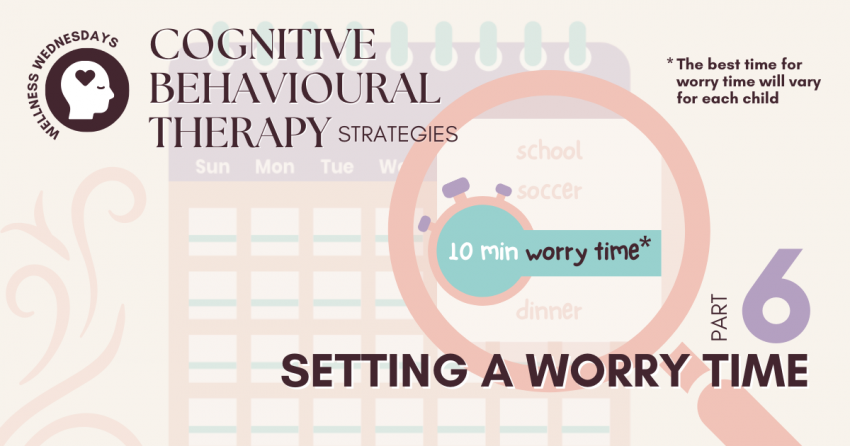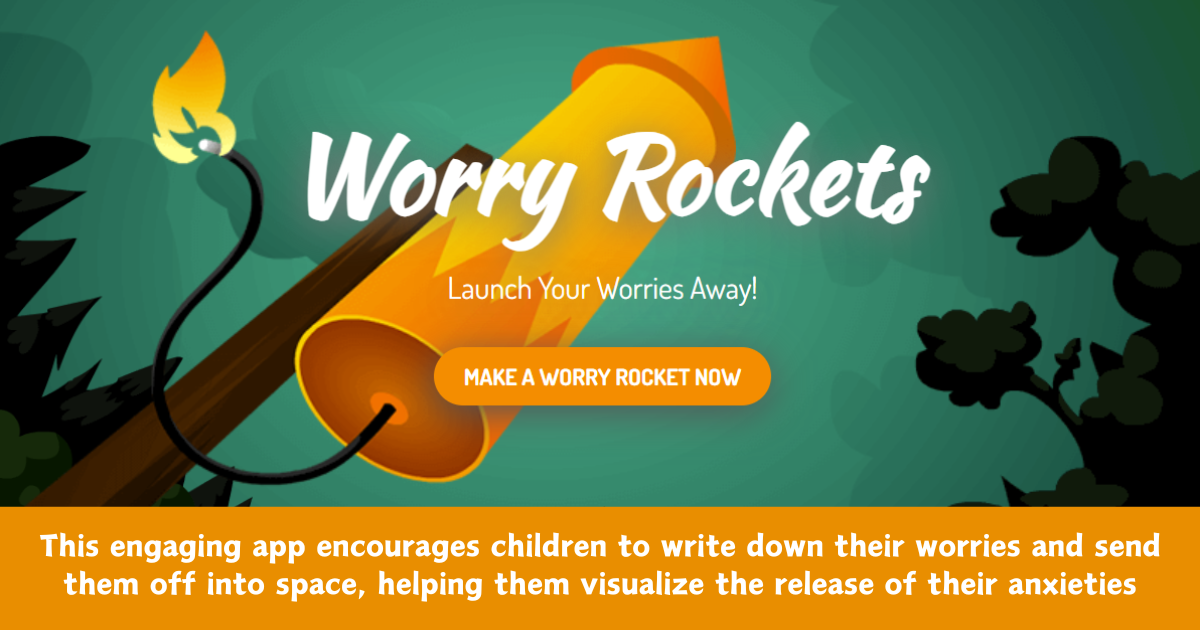In our journey through Cognitive Behavioural Therapy (CBT) strategies, we’ve learned to manage emotions with validation, gained a better understanding of anxiety and its physiological manifestations, and explored ways to cultivate realistic and detective thinking. That’s a lot to take on. But as with any busy schedule, setting a dedicated time for it isn’t just beneficial—it’s essential. Without this structured approach, managing worries can easily overwhelm and interfere with everything else that fills the schedule. This strategy empowers children to take control of their worries effectively, ensuring they don’t dominate every moment of the day.
Understanding the Concept
Scheduled Worry Time: Just as we schedule important activities like homework or playtime, setting aside dedicated time for worrying can be remarkably beneficial. This practice ensures that worries don’t consume the entire day, allowing children to focus on other tasks without feeling overwhelmed by anxious thoughts. Choose a consistent time each day, ideally when your child is relaxed and free from other distractions or obligations.
Keeping it Short and Appropriate: The duration of worry time is crucial. It’s recommended to keep it brief, typically between 5 to 15 minutes. Importantly, this time should be chosen wisely, avoiding bedtime to prevent intrusive thoughts from interfering with sleep. Use visual timers, such as hourglasses or digital timers with a countdown display, to help children understand the passage of time and provide a clear endpoint for the worry time session.
Implementing the Strategy
Encourage Expression: Provide a safe space for children to express their worries. This could involve talking about their concerns, writing them down in a worry notebook, or even drawing them out. By externalizing their worries—whether through talking, writing, or drawing—children gain a sense of control over them. Create a relaxing environment where your child feels safe and comfortable.
Setting Boundaries with Time: Utilize a timer to demarcate the worry session. Before beginning, agree upon the duration with your child, ensuring clarity that the worry time will conclude once the timer goes off. This helps prevent rumination and ensures that worrying doesn’t spill over into other activities. Keep worry time sessions short and age-appropriate, starting with just a few minutes and gradually increasing as your child becomes more comfortable with the process.
Enhancing Engagement
Making it Engaging: Worry time doesn’t have to be daunting; it can be turned into a fun and interactive activity. For instance, you could create a Worry Monster with a tissue box where children symbolically feed their worries to the monster. This creative approach lightens the mood and encourages children to view worries as manageable entities rather than overwhelming burdens. Normalize worries by letting your child know that it’s normal to feel worried sometimes and that worry time is a safe space to talk about their concerns without judgment.
If you’re out and about and don’t have your lovingly crafted Worry Monster in hand when you need it, try launching a Worry Rocket for some immediate relief. Remember to unmute before lighting that fuse!
As children grow, digital apps can provide a fitting progression from playful physical methods to technology-based solutions. The suggested apps below, designed with adolescent needs and habits in mind, extend the principles of Cognitive Behavioural Therapy into the digital realm, offering a familiar and engaging platform for teenagers to effectively manage their anxieties. This shift to digital tools reflects a natural evolution in therapeutic methods, adapting to the changing preferences and environments as children mature.
Transitioning to Positivity: After the designated worry time, it’s essential to transition to a positive activity. Whether it’s going for a walk, playing a game of Uno, or diving into a captivating book, engaging in enjoyable activities helps shift focus away from worries and promotes a sense of relaxation and enjoyment. Model healthy coping strategies by demonstrating techniques such as deep breathing exercises or positive self-talk during this transition.
Setting a worry time is a powerful technique in our growing CBT toolkit. By providing structure, promoting expression, and infusing elements of fun, this approach empowers young individuals to effectively manage their worries and reclaim control over their thoughts and emotions.
Join us on the next leg of our CBT journey as we explore a pivotal component: Exposure. In the first segment of a two-part feature, we will unpack the crucial role of Exposure in managing anxiety, discovering how this approach empowers individuals to confront their fears gradually, laying the groundwork for resilience and confidence to flourish.


